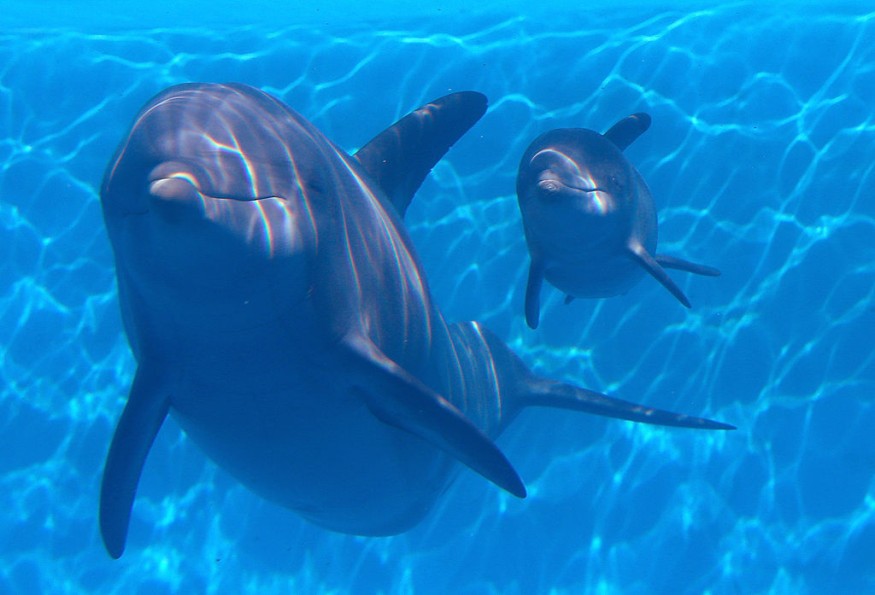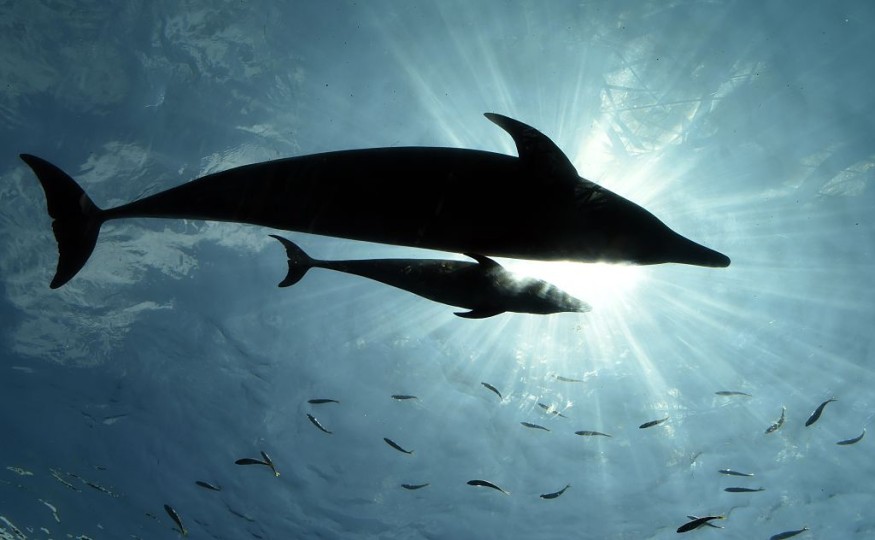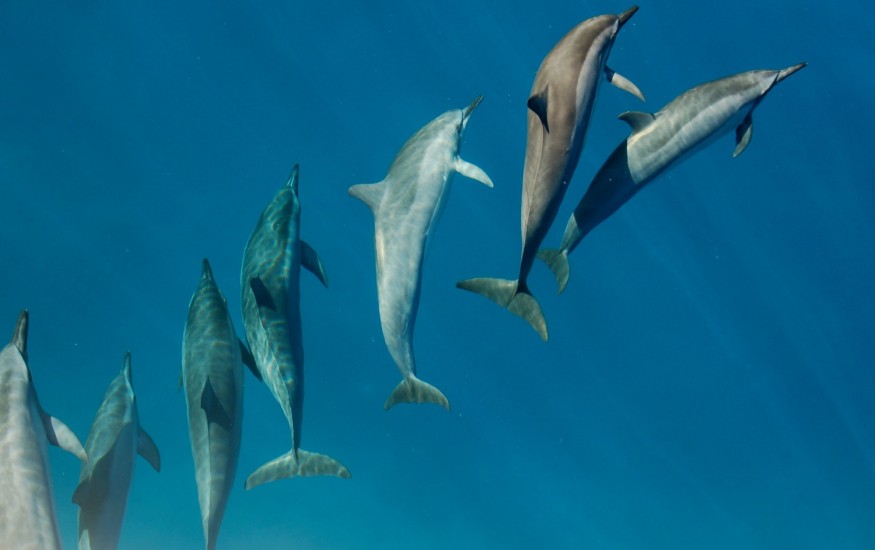According to a study, male dolphins develop lifetime ties that aid in partner selection. The "social brain" of dolphins allows them to create intricate coalitions to fend off competitors for females, a characteristic previously exclusively observed in humans.

Studying Dolphin Groups
According to a recent study, dolphins create ten-year-long social relationships and work together inside and between cliques to select mates and fend off rivals-behavior that has never before been observed in mammals.
"These dolphins have intergroup and long-term stable partnerships," said Dr. Richard Connor, a behavioral ecologist at the University of Massachusetts Dartmouth and one of the paper's primary authors. However, before our study, it was believed that cooperative alliances between groups were a feature of only human societies.
Dolphin Buddies

The research appears to validate the "social brain" theory, which holds that mammals' bigger brains are developed to accommodate creatures that keep track of their social networks and interactions. The findings were published Monday in the journal Proceedings of the National Academy of Sciences. The two animals with the largest brains in relation to body size are humans and dolphins. It's not a coincidence, according to Connor.
Between 2001 and 2006, Connor's study team conducted extensive boat-based surveys in Shark Bay, Western Australia, to gather data. By seeing and listening to the dolphins, the researchers identified them by their distinct whistle calls.
Also Read : The Mating Story of Anglerfish
Underwater Wingman

202 Indo-Pacific bottlenose dolphins (Tursiops aduncus) were spotted by the researchers, some of which were active during the peak mating season from September to November.
They examined data focused on 121 of these adult male dolphins back in the lab to look for trends in their social networks. They carried on studying the animal relationships over the following ten years.
The social systems of dolphins are dynamic and intricate. The researchers discovered friendship-like ties between two or three male dolphins. Then, the groupings grew to a maximum of 14 individuals. Together, they assisted one another in finding females to herd and mate with, assisted in the "theft" of females from competitor dolphins, and provided defense against such efforts.
As a guy, you can be leading a trio of females that you are herding. The other guys in your team and your second-order alliance will step in and assist you if someone tries to steal that female, Dr. Stephanie King, an expert in animal behavior at Bristol University and one of the study's authors, said. These men are very, very certain about the members of their squad.
Lifetime Bond
Although these teams are created when the dolphins are young and can persist for decades, King noted that the benefits of fatherhood usually do not manifest themselves until the dolphins are in their mid-teens. These partnerships may last a person their entire life, so it's a huge commitment that begins when they are very young.
Two second-order alliances may also unite to form a bigger team, especially when dolphin groups believe they are in danger. Every male dolphin that the investigators examined was consequently closely linked to somewhere between 22 and 50 additional dolphins.
Research Conclusion
According to the researchers' observations, the dolphins in these groups are more successful at luring females if their cliques and robust relationships are close-knit.
This is the sole instance of these sorts of strategic multilevel alliances seen in a non-human species, claim the paper's authors. According to Connor, the findings also emphasize the cognitive challenges these creatures must overcome, indicating that dolphins' huge brains aid in their ability to keep track of the many interactions.
Related Article: Dolphins Hooked with Cameras by the US Navy Returned with Pretty Wild Footages
For similar news, don't forget to follow Nature World News!
© 2025 NatureWorldNews.com All rights reserved. Do not reproduce without permission.





